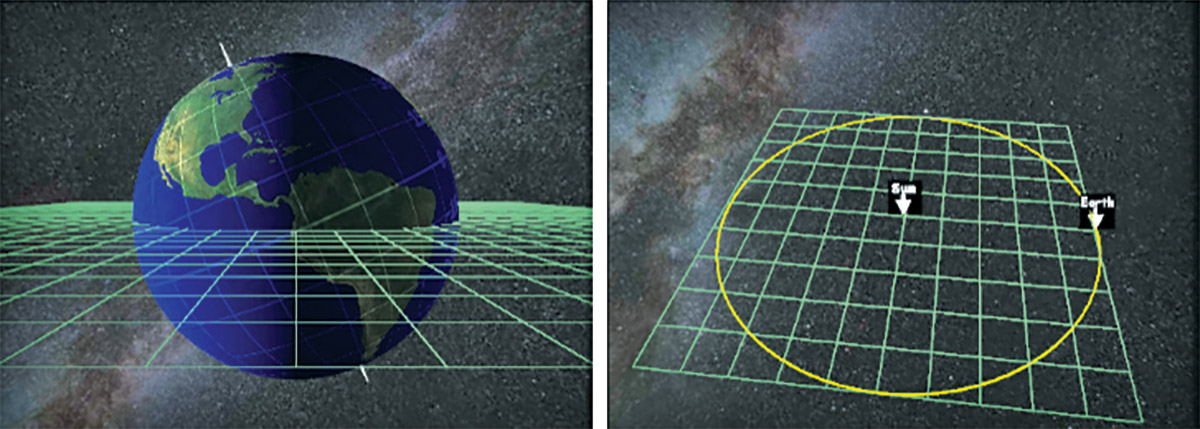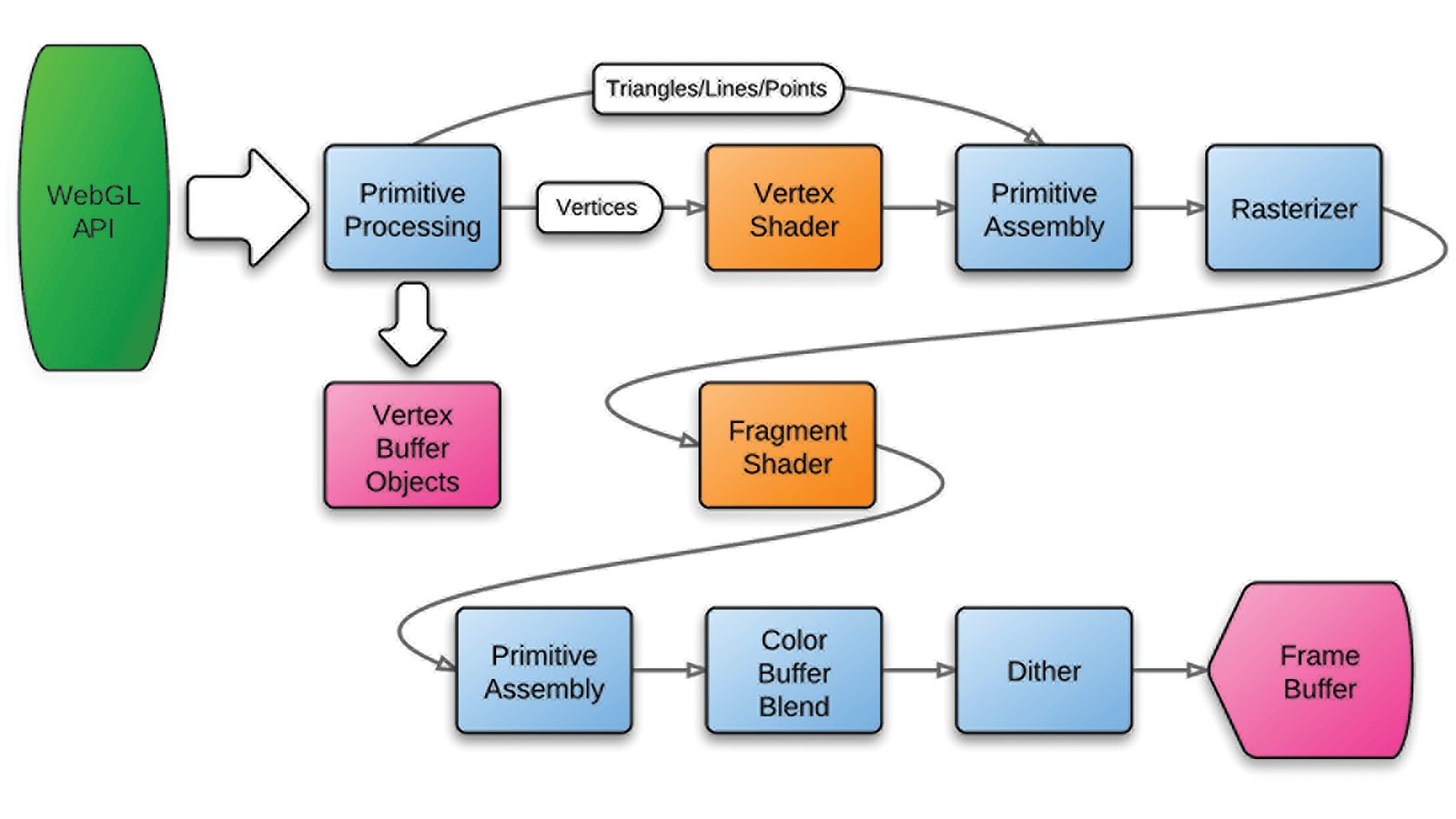Helping Students Make Sense of Graphs, Modeling Climate Change with MySystem, Visualizing Earth and Explaining Seasons, and more in Spring @Concord
Perspective: Working Together: The Time is Now
We know a great deal these days about how people learn science, math and engineering and about how good, technology-based curriculum materials can deepen this learning. The National Science Foundation and other agencies have for decades funded inquiry-based programs and approaches that show solid evidence of effectiveness. Yet despite this effort, public awareness about great teaching and learning is still low, and approaches that we know work best have moved barely inches closer to wide adoption. Even with dozens of groups around the nation dedicated to high-quality, technology-enhanced STEM learning, we're seeing minuscule changes in the big picture. It's time to work together.
Free SmartGraphs Activities Help Students Make Sense of Graphs
Graphing calculators are ubiquitous in science, math and engineering courses. But while they have many excellent features—including the fundamental ability to create graphs—these handheld devices don't really know what graphs mean. And that's a critical failure; they can't help students make sense of a graph.
Monday's Lesson: Modeling Climate Change with MySystem
To make sense of science, students must develop their own mental models of the phenomena to glean what is happening. When making mental models—like diagrams of energy flow—it's important to start simply. Refinements and nuances can be added later.
InquirySpace: A Space for Real Science
Student research is sometimes called "extended inquiry" to distinguish it from plain inquiry, which has come to mean learning through observing, questioning, thinking, communicating and collaborating. Inquiry is the best way to learn anything, but extended inquiry is in a different dimension because it starts with students defining their own questions and devising their own experiments.
Molecular Workbench and the Rise of the MOOC
MOOCs are all the rage. However, don't worry if you don't recognize the acronym. It popped up only last fall, when Stanford offered—free of charge—a graduate-level course in artificial intelligence. Over 160,000 students from 190 countries signed up, defining what is quickly becoming a new genre in online education: the Massive Open Online Course or MOOC.
Visualizing Earth and Explaining Seasons
The first person to walk on the surface of the moon, Neil Armstrong viewed our planet as a floating globe in space. He is one of only a dozen who have had the opportunity to view Earth from its orbiting satellite. Photographs from Apollo 11 (Figure 1) give a glimpse of that experience, but what's it really like to see the entire globe from another plane of reference? And how does that perspective change what we know about our planet, our place in the universe and the role of science in discovery?
Under the Hood: Using WebGL to Accelerate Advanced Physics Simulations in the Browser
Until recently, the idea of running advanced physics simulations in a Web browser was far fetched. While modern Web browsers have 10 times the computational capacity and speed compared with just 18 months ago, pure JavaScript performance isn't enough for advanced physics. Thanks to the rapid advancement of Web technologies—and a bit of ingenuity—we're looking past JavaScript and making use of the power of modern GPUs.
Innovator Interview: Pendred Noyce
Dr. Pendred "Penny" Noyce served on Concord Consortium's Board of Directors from 1997 to 2012. She was instrumental in launching the Virtual High School as an independent nonprofit and became chair of our board in 2008 to lead the presidential search committee. Penny is co-editor of New Frontiers in Formative Assessment (Harvard Education Press), which includes two chapters by Concord Consortium staff, and author of two children's books, Lost in Lexicon: An Adventure in Words and Numbers andThe Ice Castle: An Adventure in Music.
News at Concord Consortium
News from Concord Consortium in Fall 2012: Geniverse and Whyville Combine Forces, Graph Literacy for Middle School Students, K-2 Students Are Sensing Science, and more.





